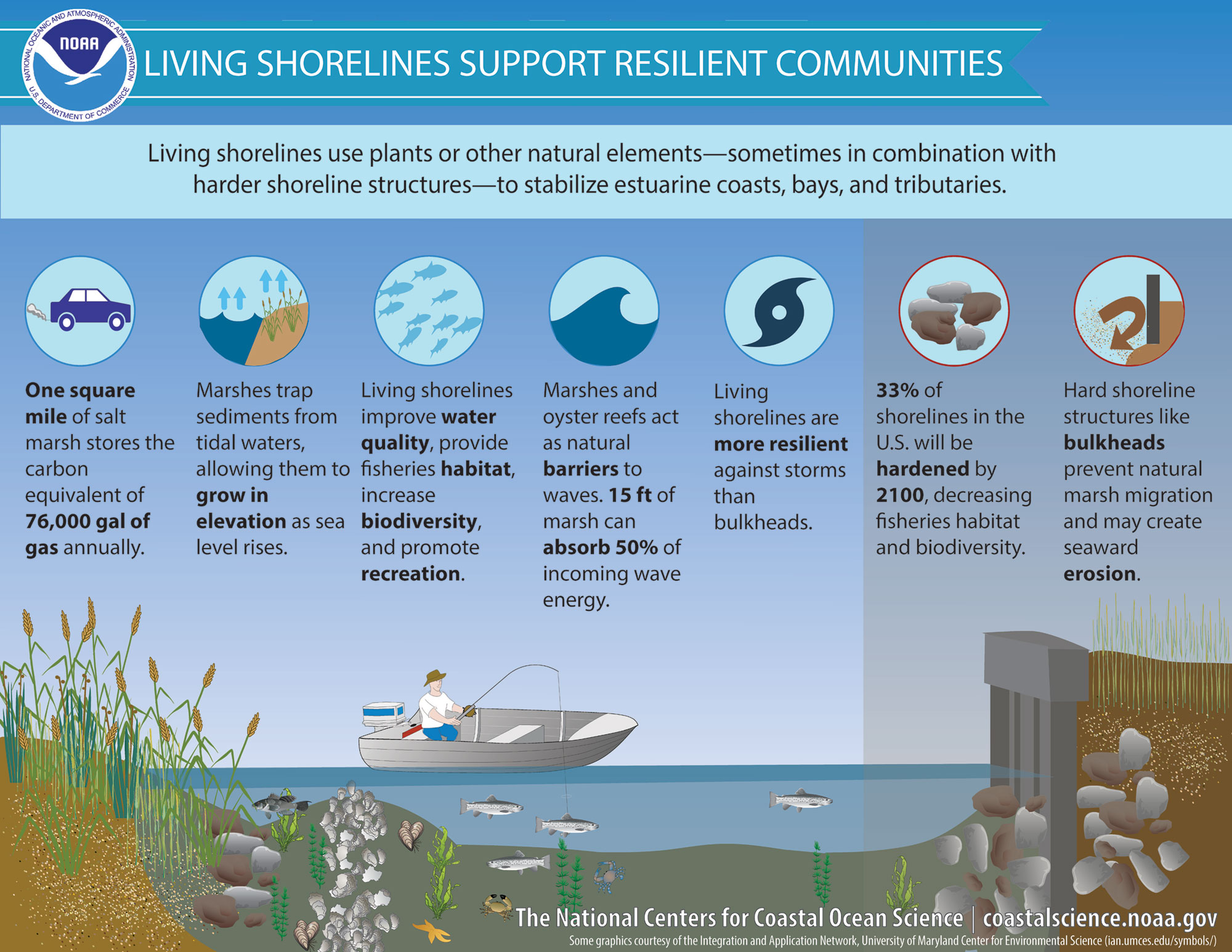Some Known Facts About Shore Protect Team.
Table of ContentsThe 6-Second Trick For Shore Protect TeamHow Shore Protect Team can Save You Time, Stress, and Money.Shore Protect Team Can Be Fun For EveryoneAll About Shore Protect TeamTop Guidelines Of Shore Protect TeamThe smart Trick of Shore Protect Team That Nobody is Talking AboutThe Ultimate Guide To Shore Protect Team
Reduction in residential property value: As the area tourist is influenced by disintegration, so then is the economic situation. Purchasers are less likely to browse for a coastline residence that could be destroyed at any kind of minute by the impending flooding and erosion emergency situation. Consequently, property value can drop exceptionally and impact the entire area.Whether a beach is simply small and congested or has to shut totally for the security of the environment and nearby residential or commercial properties, this significantly influences tourism. Consequently, local economies are affected (https://piratedirectory.org/Shore-Protect-Team_228389.html). Threat of injury: The enhanced risk of flooding and architectural failings triggers an increased risk of injury to nearby tourists and area participants

Coastline stabilization is directly associated to their work. Beachfront resorts: Due to the fact that shoreline disintegration influences tourism, it affects the success of waterfront hotels.
Shore Protect Team for Beginners
Coastal industrial companies: No tourists indicates no company. Coastal state parks: State parks that exist along shorelines are at danger of damage.
Soft stabilization is a better service for the environment and more sustainable overall. Hard stabilization makes use of manufactured structures as defense to manage erosion. Normally, these frameworks are installed at ideal angles or parallel to quit sand activity and lessen the force of waves. Many types of hard stabilization like seawalls and sheet steel are not optimal for coastline stablizing.
Shore Protect Team Can Be Fun For Everyone
There's also not nearly enough proof of their efficiency relying on the sort of coastline and neighborhood conditions. Hard stabilization strategies have a tendency to be harder to install and do not match the natural visual, protruding like an aching thumb and hurting regional environments in several situations. Coastline sustenance is the process of including lost sand and debris back to beaches after disintegration has taken place.
TrapBags aid in the procedure of beach nutrition by shielding natural ecological communities and enabling plants to grow. They're: Eco friendly: You can utilize native dirt both to surround and to fill the TrapBags.

The 6-Minute Rule for Shore Protect Team
They can additionally be set up without any hefty equipment. Inexpensive: TrapBags are optimal for both small and big areas of coastline.
The ideal seawall layout counts on location-specific elements, including surrounding erosion procedures. There are 3 major types of seawalls: upright, rounded, tipped, and mounds (see table below). A record released by the United Nations Setting Program (UNEP) recommends that the tidal wave of 26 December 2004 caused much less damages in the locations where all-natural barriers were existing, such as mangroves, coral reefs or coastal plants.
Natural obstacles, such as coral reefs and mangrove forests, protect against the spread of tidal waves and the circulation of seaside waters and minimized the flooding and surge of water. A cost-benefit method is an efficient method to figure out whether a seawall is suitable and whether the advantages are worth the expenditure.
The Best Strategy To Use For Shore Protect Team
A seawall is a static feature which can contravene the dynamic nature of the coastline and restrain the exchange of sediment in between land and sea. The table listed below sums up some favorable and adverse results of seawalls which can be utilized when contrasting their performance with other coastal monitoring alternatives, such as beach sustenance. [] Advantages and negative aspects of seawalls according to Short (1999) Advantages Drawbacks Long-term option in comparison to soft coastline nutrients.

This can cause beaches to dissipate, providing them worthless for coastline goers. Typically, seawalls can be an effective way to manage seaside disintegration, yet only if they are built well and out of products that can endure the pressure of recurring wave power. Some understanding is required of the coastal procedures and morphodynamics specific to the seawall location.
The Ultimate Guide To Shore Protect Team
Incorporated with a high construction cost, this has caused boosting use various other soft design seaside administration choices such as beach replenishment. Seawalls are constructed from various materials, most commonly enhanced concrete, stones, steel, or gabions. Other feasible building materials consist of plastic, wood, aluminum, fiberglass composite, and biodegradable sandbags constructed from jute and coir. The proper seawall style counts on location-specific elements, including bordering erosion processes. There are 3 primary types of seawalls: upright, bent, tipped, and piles (see table below).
Natural barriers, such as reef and mangrove woodlands, protect against the spread of tidal waves and the circulation of coastal waters and minimized the flooding and surge of water. A cost-benefit technique is an effective means to identify whether a seawall is suitable and whether the advantages deserve the cost.
Shore Protect Team for Beginners
A seawall is a static attribute which can conflict with the dynamic nature of the coast and impede the exchange of debris between land and sea. Advantages and negative aspects of seawalls according to Short (1999) Benefits Downsides Lengthy term solution in contrast to soft coastline nutrition.

This can create beaches to dissipate, rendering them useless for beach goers. Normally, seawalls can be an effective method to manage coastal erosion, but only if they are created well and out of materials that can hold up against the pressure of recurring wave energy. Some understanding is needed of the coastal processes and morphodynamics specific to the seawall area.